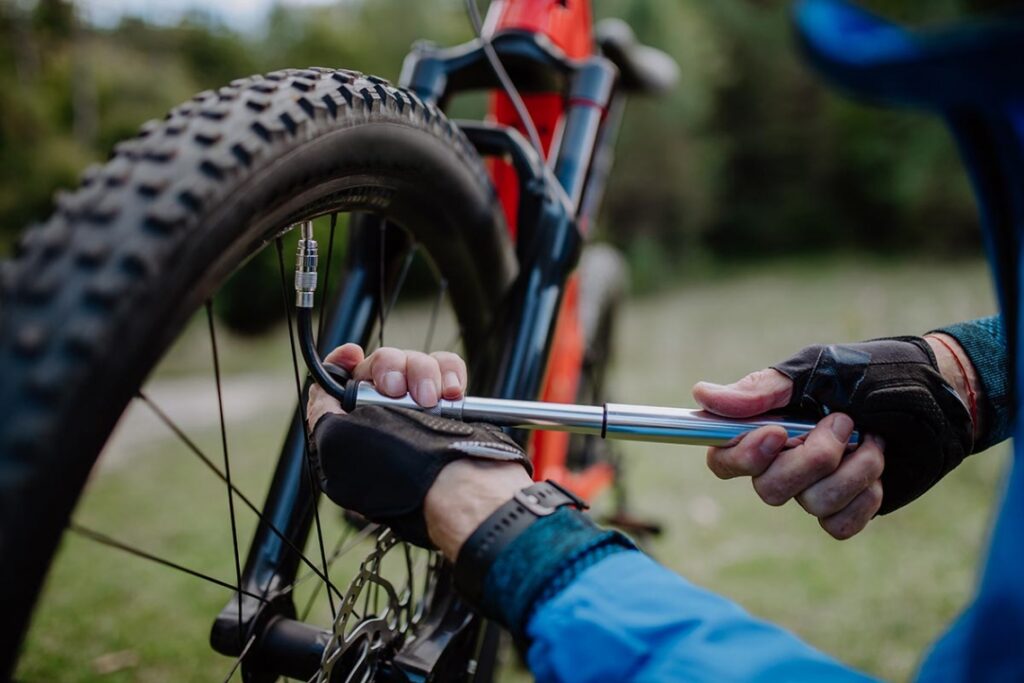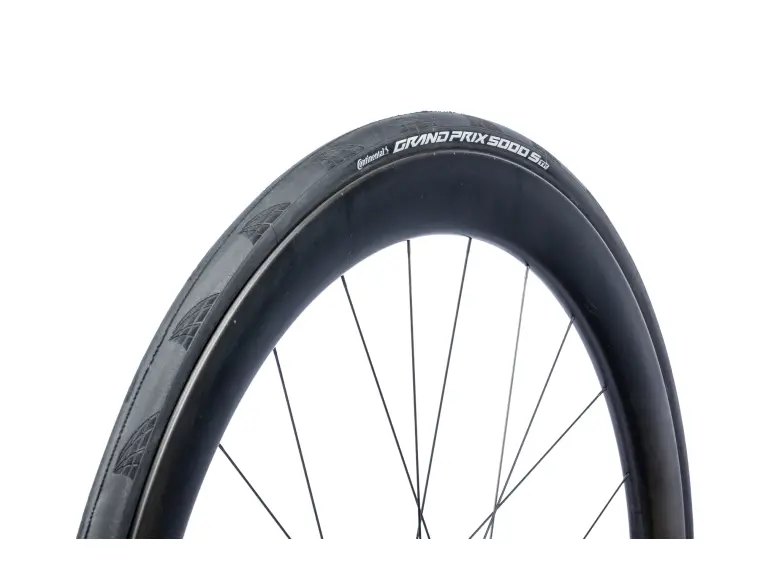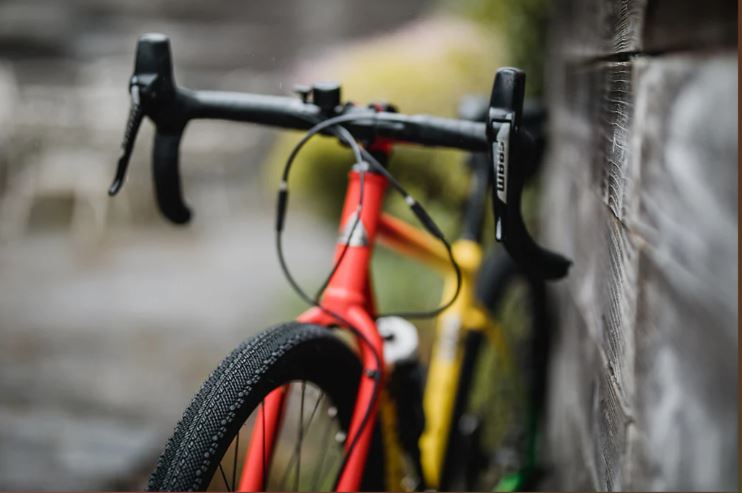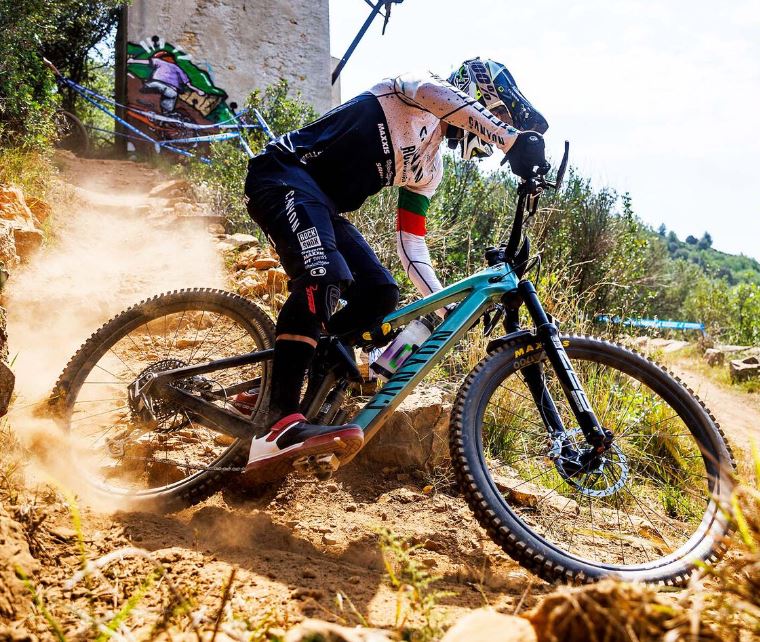Navigating Air Pressure Guidelines for Road Bike Tires

Key Point Summary of Air Pressure Guidelines for Road Bike Tires:
- Optimal Pressure Range: Finding the sweet spot for tire pressure that balances efficiency, comfort, and grip.
- Influencing Factors: How rider weight, tire width, and road conditions affect ideal pressure settings.
- Checking and Adjusting Pressure: The importance of regular tire pressure checks and adjustments before rides.
- Impact on Ride Quality: How the right air pressure can enhance handling, reduce rolling resistance, and prevent punctures.
Throughout my cycling journey, traversing the worlds of mountain biking, gravel grinding, and cyclocross racing, I’ve come to appreciate the nuanced art of tuning my ride to perfection. Among the myriad adjustments, tire pressure stands out as a critical factor that influences not just performance but also comfort and bike handling.
For cyclists at the beginner to mid-level experience, mastering air pressure in road bike tires can elevate your cycling experience, offering a smoother, more efficient ride. This article aims to shed light on air pressure guidelines for road bike tires, emphasizing their role in optimizing ride quality.
Understanding Optimal Pressure Range
The ideal tire pressure for road bikes is not a one-size-fits-all figure. It’s a balance that aims to reduce rolling resistance for efficiency, provide enough grip for safe handling, and offer sufficient cushioning for comfort. Traditionally, pressures around 90 to 120 PSI were common for narrow road tires, but with the advent of wider tires and tubeless setups, many riders are finding that lower pressures, often between 60 to 90 PSI, offer a better ride experience.

Factors That Influence Tire Pressure
- Rider Weight: Heavier riders typically require higher pressures to support the additional weight without risking pinch flats or excessive tire deformation.
- Tire Width: Wider tires can be run at lower pressures than narrower ones, providing more comfort and grip without compromising efficiency.
- Road Conditions: Smoother tarmac allows for slightly higher pressures, while rough, uneven surfaces benefit from lower pressures to absorb shocks and maintain traction.
The Ritual of Checking and Adjusting Pressure
Adopting the habit of checking your tire pressure before each ride is pivotal. Tire pressure can drop due to natural air leakage over time or after hard rides. A good quality floor pump with a pressure gauge is an invaluable tool for any cyclist. Regular adjustments ensure that your tires are always tuned for optimal performance and safety.

Ride Quality: The Ultimate Goal
The correct tire pressure can transform your riding experience. It enhances bike handling, allowing for precise, confident turns and efficient power transfer. Moreover, it reduces the risk of flats—both pinch flats and those caused by impacts. The sensation of gliding smoothly over tarmac, fully in control and with reduced effort, is a testament to finding your tires’ sweet spot in terms of air pressure.
Navigating Air Pressure Guidelines for Road Bike Tires: Wrapping Up
Mastering the art of tire pressure adjustment is a journey of discovery that can lead to significant improvements in your road cycling experience. By understanding the factors that influence ideal pressure settings and committing to regular checks and adjustments, you can unlock the full potential of your road bike. The right air pressure not only boosts your efficiency and speed but also ensures a comfortable ride across varying surfaces, making every ride a joy.

Considering the emphasis on optimizing air pressure for efficiency, comfort, and handling, the Continental Grand Prix 5000 stands out as a top choice for road bike tires. This tire is highly regarded for its balance of low rolling resistance, durability, and puncture protection, making it suitable for a wide range of road conditions.
The Grand Prix 5000 incorporates Continental’s latest technologies, such as the Black Chili Compound for improved grip and reduced rolling resistance and Vectran Breaker for puncture resistance. Its construction allows for a wide range of pressure settings, accommodating riders’ preferences for a firmer or more cushioned ride. Available in various widths, the Grand Prix 5000 enables riders to fine-tune their setup for maximum performance and comfort, making it an excellent choice for cyclists looking to enhance their road biking experience.
FAQ
What psi should my road bike tires be?
Road bike tire pressure typically ranges from 80 to 120 PSI, but the optimal PSI depends on factors like rider weight, tire width, and road conditions.
Is 90 psi good for road bike?
Yes, 90 PSI can be good for road bikes, especially for riders of average weight using medium-width tires (e.g., 25mm to 28mm) on relatively smooth roads.
What psi should 28mm tyres be?
For 28mm tires, a PSI range of 70 to 90 is often recommended. Lighter riders may prefer the lower end of this range for added comfort, while heavier riders might need slightly higher pressures to prevent pinch flats and maintain tire integrity.






